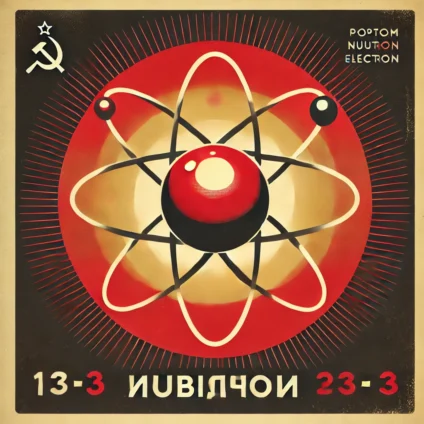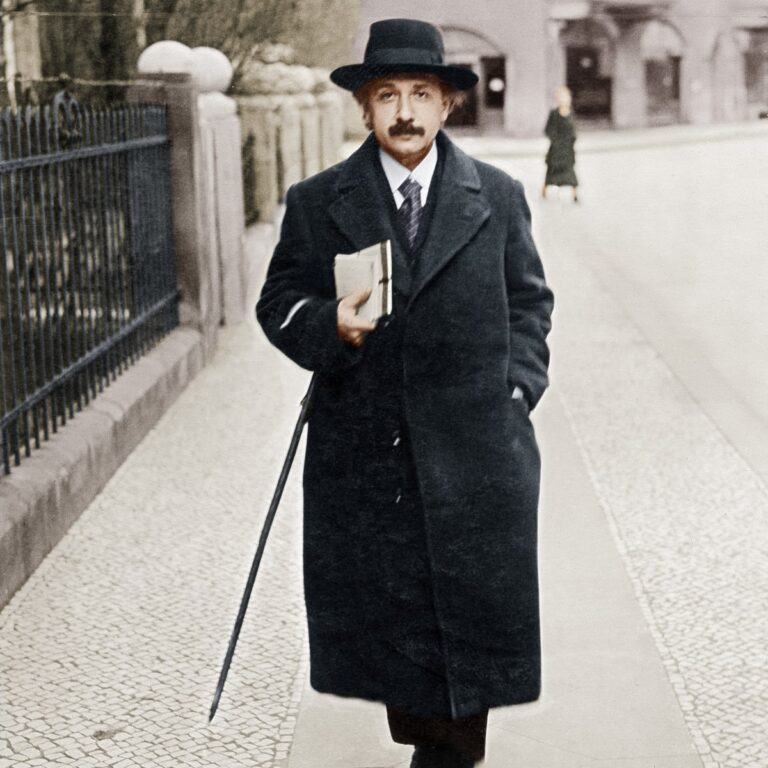50-Qubit Cold Atom Prototype: Lomonosov MSU and the Russian Quantum Center show new hardware.
Russian Roadmap Fulfilled: Targets at least 50 qubits by the end of 2024.
Neutral Atoms Setup: Single rubidium atoms are manipulated with optical tweezers for qubit arrangement.
Specialists at Lomonosov Moscow State University (MSU) and the Russian Quantum Center (RQC) have presented the country's first 50-qubit single cold atom quantum computer. According to MSU, the experiment that tested this supercomputer prototype took place on December 19, meeting a national objective to reach at least 50 qubits by the end of 2024. The setup is based on single neutral rubidium atoms captured by optical tweezers (focused laser beams), offering a pathway for scalable architectures on neutral atoms, ions, superconductors, and photons.
"Scientists at the Lomonosov Moscow State University and the Russian Quantum Center have created Russia's first prototype of a neutral single rubidium atoms-powered 50-qubit quantum computer as part of the Quantum Computing Roadmap coordinated by the Rosatom State Corporation."
— Moscow State University Press Service
According to the head of the quantum computing sector at the Quantum Technologies Center of the MSU Physics Department, the supercomputer prototype consists of a laser system for cooling and controlling atomic states, alongside an ultra-high vacuum system with optical access. This arrangement allows the MSU Center for Quantum Technologies to assemble quantum registers of 50 atoms in an ordered array, enabling precise operations on single qubits. Researchers believe the architecture could scale from tens of qubits to hundreds and possibly thousands.
"At the moment the MSU Center for Quantum Technologies is capable of creating quantum registers of 50 atoms arranged in an ordered array and perform operations on single qubits. Neutral atoms in optical tweezers are a good system in terms of scaling prospects. We more or less understand how to get from systems of tens of qubits to hundreds and even thousands of qubits."
— MSU Press Service, quoting the scientist


